Unearthing Earthquake Secrets: 25 Seismic Facts That Will Rock Your World!
Unveiling Earth's Tremors: Get Ready to Explore Shocking Earthquake Facts!
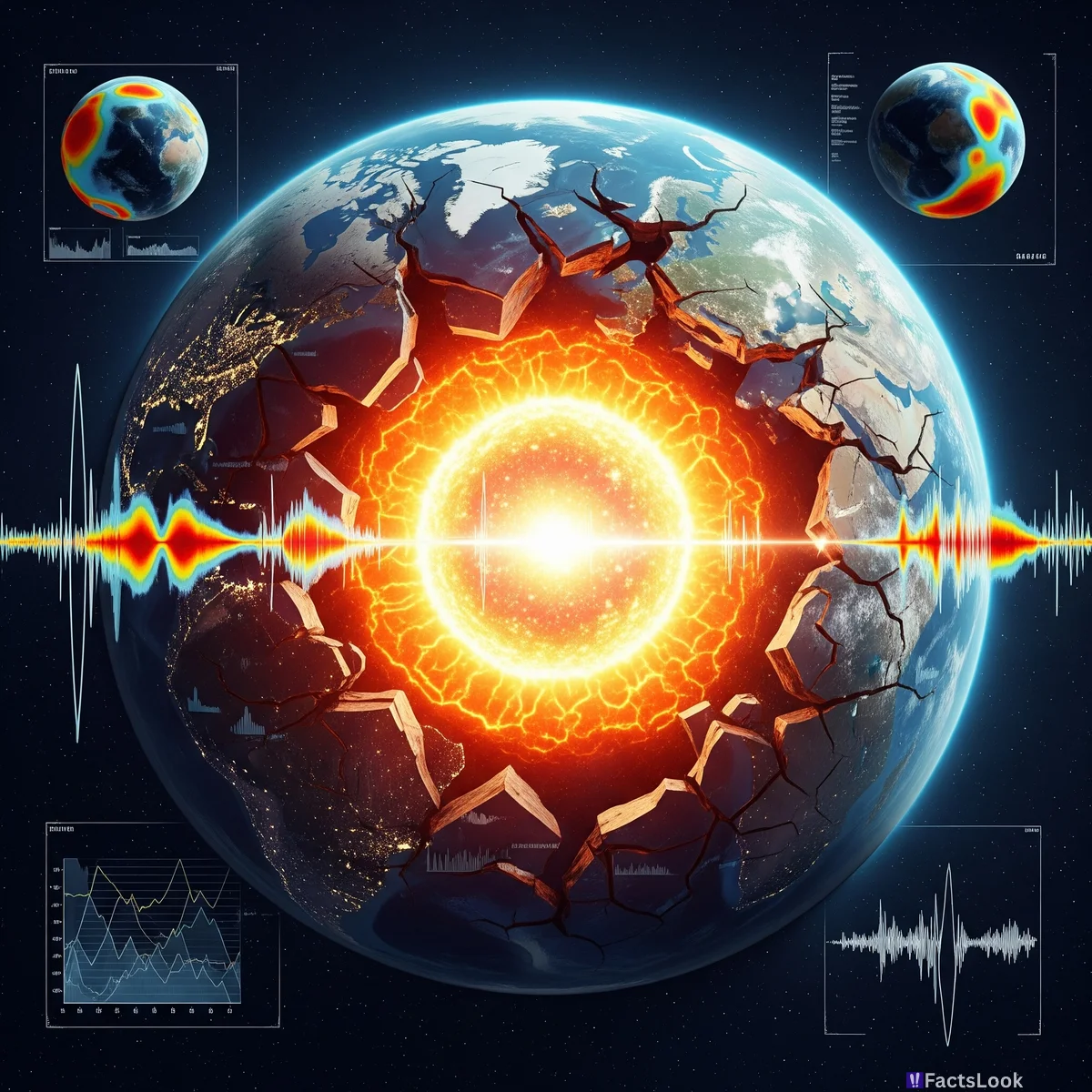
Earthquakes, those sudden and powerful shudders of our planet, have captivated and terrified humanity for centuries. But beyond the immediate chaos, lies a world of fascinating science and lesser-known truths. In this listicle, we'll delve into 25 incredible earthquake facts, seismic secrets, and natural disaster insights that will not only inform but also ignite your curiosity about the dynamic forces shaping our world. Prepare to be amazed by the sheer power and intricate nature of seismic events – let's get started!
1. Earthquakes Can Literally Make It Rain Gold
Believe it or not, earthquakes can play a role in the formation of gold deposits! Seismic activity deep within the Earth can cause rapid pressure drops in fault zones. This sudden change allows dissolved minerals, including gold, to vaporize and quickly deposit in veins as the pressure decreases. So, in a sense, earthquakes can 'rain' gold deep underground.
2. The Vast Majority of Earthquakes Are Too Small to Feel
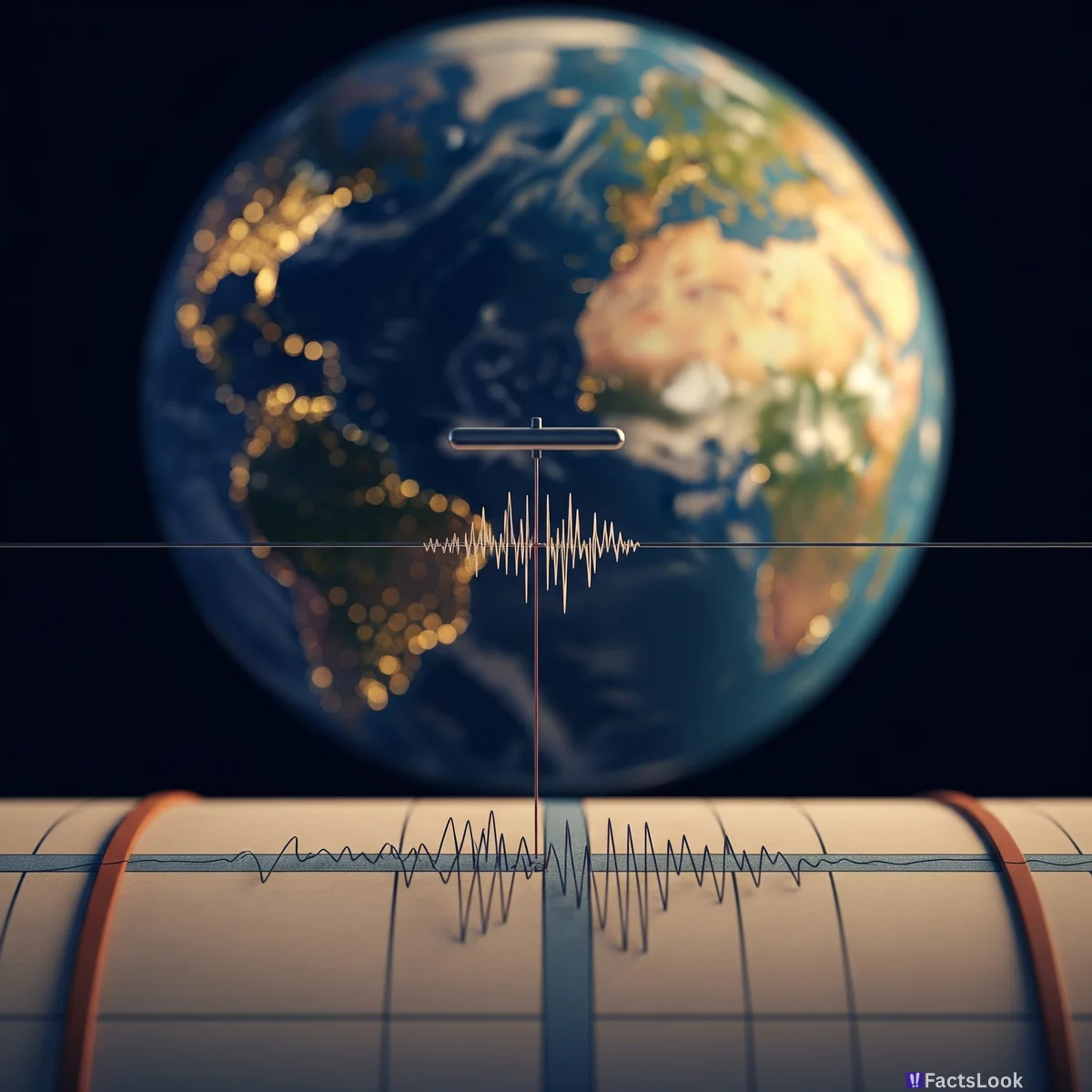
While major earthquakes grab headlines, the earth is constantly trembling. Seismographs detect millions of earthquakes every year. The vast majority of these are microearthquakes, so weak that humans don't even feel them. In fact, only a small percentage are strong enough to cause damage or be noticeably felt.
3. Earthquakes Can Trigger Other Natural Disasters: A Domino Effect
Earthquakes don't always act alone. A major tremor can be the starting point for a cascade of other natural disasters. Powerful earthquakes can trigger tsunamis by displacing vast amounts of water, landslides in unstable terrains, and even volcanic eruptions by altering pressure within magma chambers. This chain reaction amplifies the devastating impact of a single seismic event.
4. Animals May Sense Earthquakes Before Humans, But It’s Not Magic
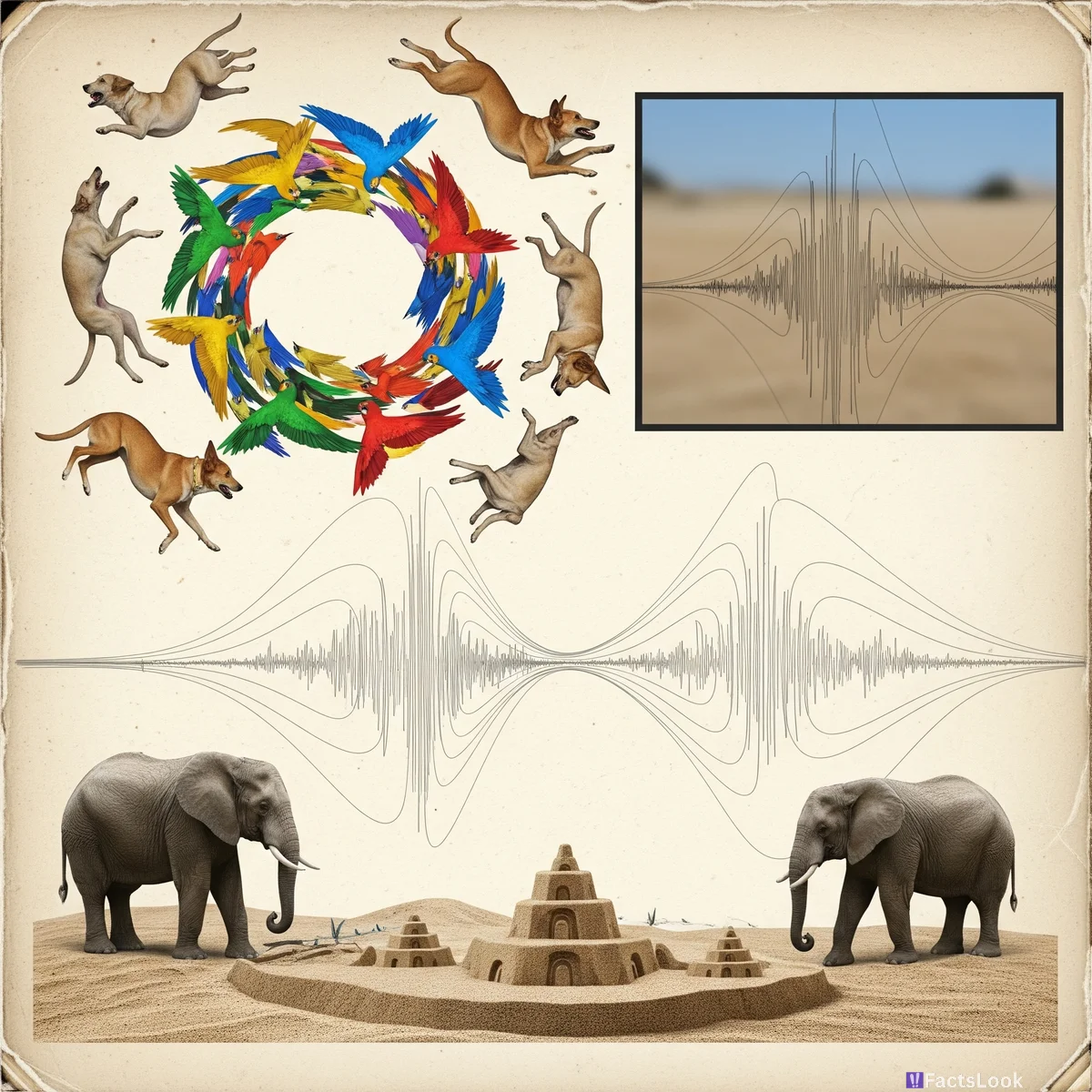
For centuries, tales have circulated about animals behaving strangely before earthquakes. While not scientifically proven as a reliable prediction method, some animals might indeed sense pre-earthquake activity. This could be due to their heightened senses detecting subtle P-waves (the faster, less damaging seismic waves that arrive before the stronger S-waves) or changes in electrical signals in the ground.
5. Earthquake Lights: A Mysterious and Rare Phenomenon
During some earthquakes, eerie luminous phenomena known as 'earthquake lights' have been observed in the sky. These can manifest as flashes, flames, or glowing orbs. The exact cause is still debated, but theories suggest they might be caused by the stress of tectonic plates generating electrical charges that reach the surface.
6. The Deadliest Earthquake in History Might Have Killed Over 800,000 People

The Shaanxi earthquake in China, 1556, is believed to be the deadliest earthquake ever recorded. With an estimated magnitude of 8, it caused catastrophic landslides and widespread destruction of homes, many of which were cave dwellings carved into loess cliffs. The death toll is estimated to be around 830,000, highlighting the immense vulnerability to seismic events in certain historical contexts.
7. Earthquakes Can Change the Length of a Day, Though Very Slightly
Giant earthquakes can subtly alter the Earth’s rotation. By shifting massive amounts of the Earth’s mass, particularly near the equator, earthquakes can slightly decrease the Earth's moment of inertia. This, in turn, can cause the Earth to rotate a tiny bit faster, shortening the length of a day, though only by microseconds.
8. Earthquakes Occur on Other Planets and Moons Too!
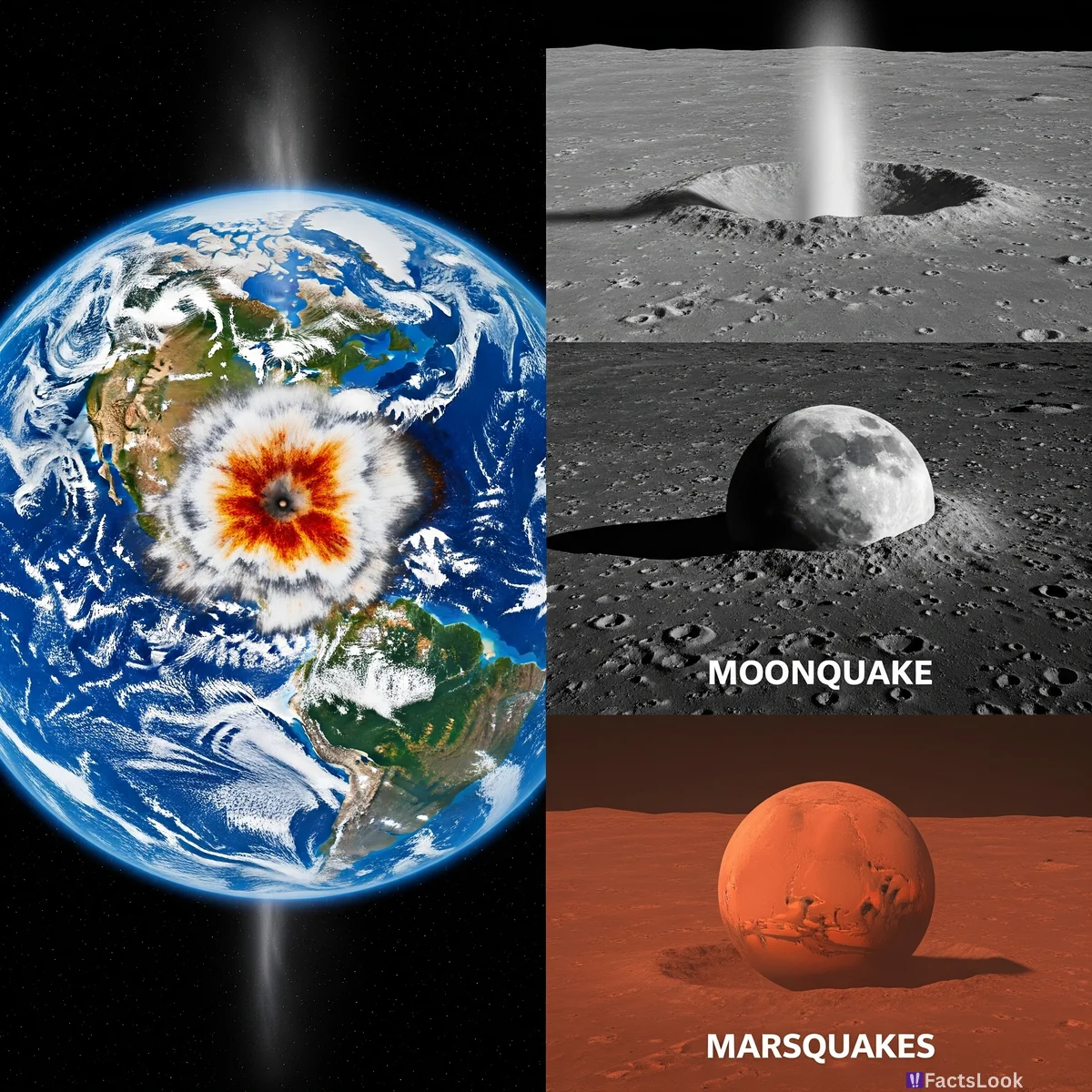
Our planet isn't the only place in the solar system that experiences seismic activity. 'Moonquakes' occur on the Moon, though they are generally weaker and deeper than earthquakes. Even Mars experiences 'marsquakes', detected by probes. Studying these extraterrestrial tremors helps us understand the internal structure and geology of other celestial bodies.
9. The Ring of Fire: Where Most Earthquakes Occur
The Pacific Ring of Fire is a major area in the Pacific Ocean where a large number of earthquakes and volcanic eruptions occur. This horseshoe-shaped region is a hotbed of tectonic activity, outlining the edges of the Pacific Plate and several other plates. About 90% of the world’s earthquakes happen within this zone.
10. Earthquake Magnitude Scales Are Logarithmic, Not Linear
The Richter scale (and now more commonly the moment magnitude scale) used to measure earthquake strength is logarithmic. This means each whole number increase represents a tenfold increase in the amplitude of seismic waves and roughly a 32-fold increase in the energy released. A magnitude 7 earthquake is not just slightly stronger than a magnitude 6; it's approximately 32 times more powerful.
11. Earthquakes Don't Strike 'Randomly': They Follow Fault Lines
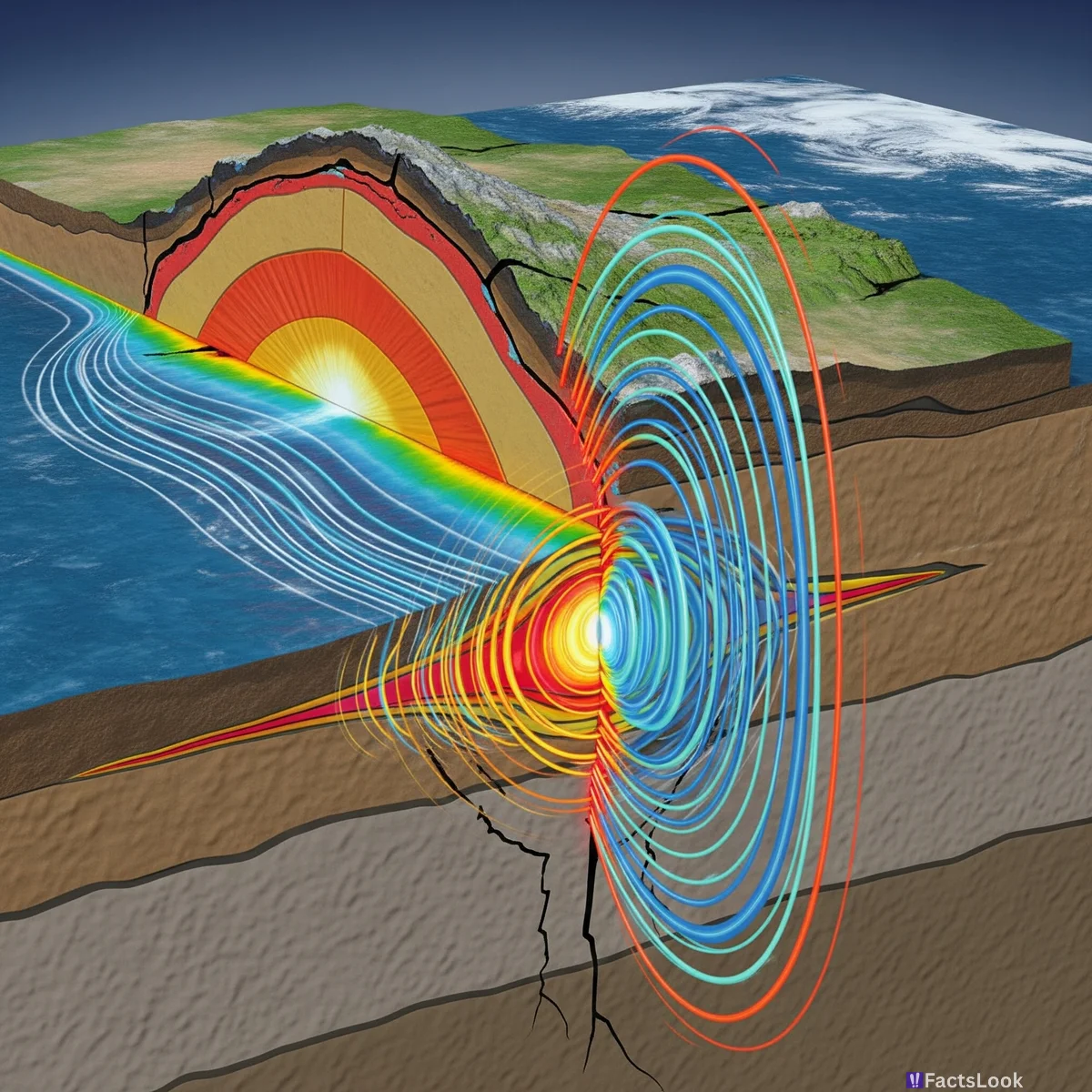
Earthquakes aren't random events; they predominantly occur along fault lines – fractures in the Earth’s crust where tectonic plates meet and move. Stress builds up over time as plates grind and lock, and when the stress exceeds the rocks' strength, it's released in a sudden slip, causing an earthquake. Understanding fault lines is crucial for seismic hazard assessment.
12. Liquefaction: Earthquakes Can Turn Solid Ground into Quick Sand
During strong earthquakes, a phenomenon called liquefaction can occur in saturated, loose soils. Intense shaking increases water pressure in the soil, causing it to lose its strength and behave like a liquid. Buildings can sink, roads buckle, and underground structures can float to the surface, leading to significant damage even if the shaking isn't directly destructive.
13. Earthquakes and Tsunamis: A Deadly Combination
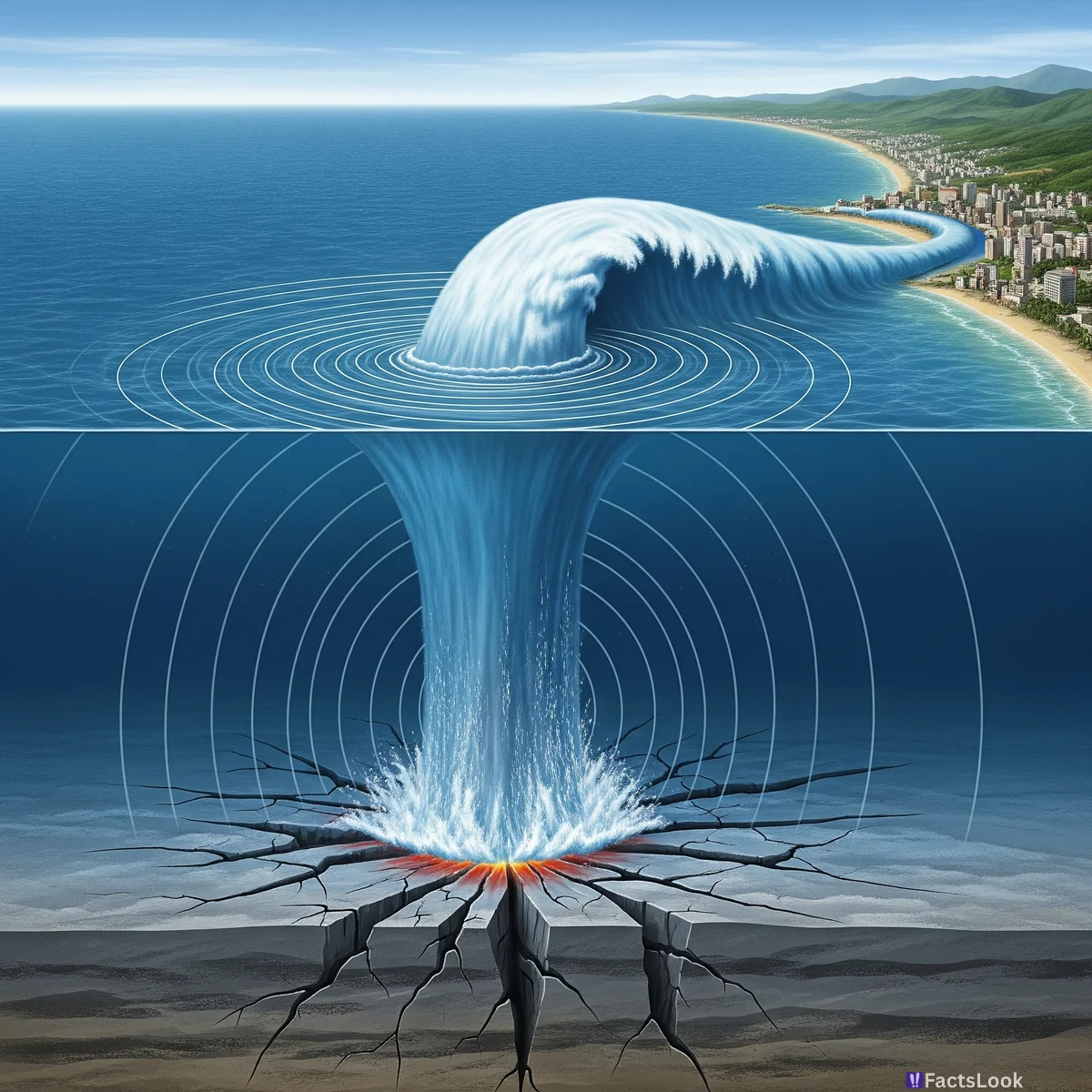
Submarine earthquakes, especially those with a magnitude of 7.5 or greater, are major triggers for tsunamis. When the ocean floor suddenly shifts vertically during an earthquake, it displaces a massive volume of water, generating powerful waves that can travel across oceans and devastate coastal communities thousands of miles away.
14. Earthquake Early Warning Systems: Precious Seconds to React
Earthquake early warning systems are becoming increasingly sophisticated in earthquake-prone regions. These systems detect the initial, faster-moving P-waves and send alerts before the more damaging S-waves arrive. Even a few seconds of warning can allow people to take cover, shut down critical infrastructure, and potentially save lives.
15. Earthquake 'Swarms': A Cluster of Tremors, Not Necessarily a Big One Coming
An earthquake swarm is a sequence of many earthquakes striking a specific area in a relatively short period. Unlike aftershocks following a main earthquake, swarms can occur without a clear 'mainshock'. While most swarms are minor, they can sometimes precede larger earthquakes in volcanically active or tectonically stressed regions and are closely monitored.
16. Earthquake Resistant Buildings: Engineering to Withstand Shaking
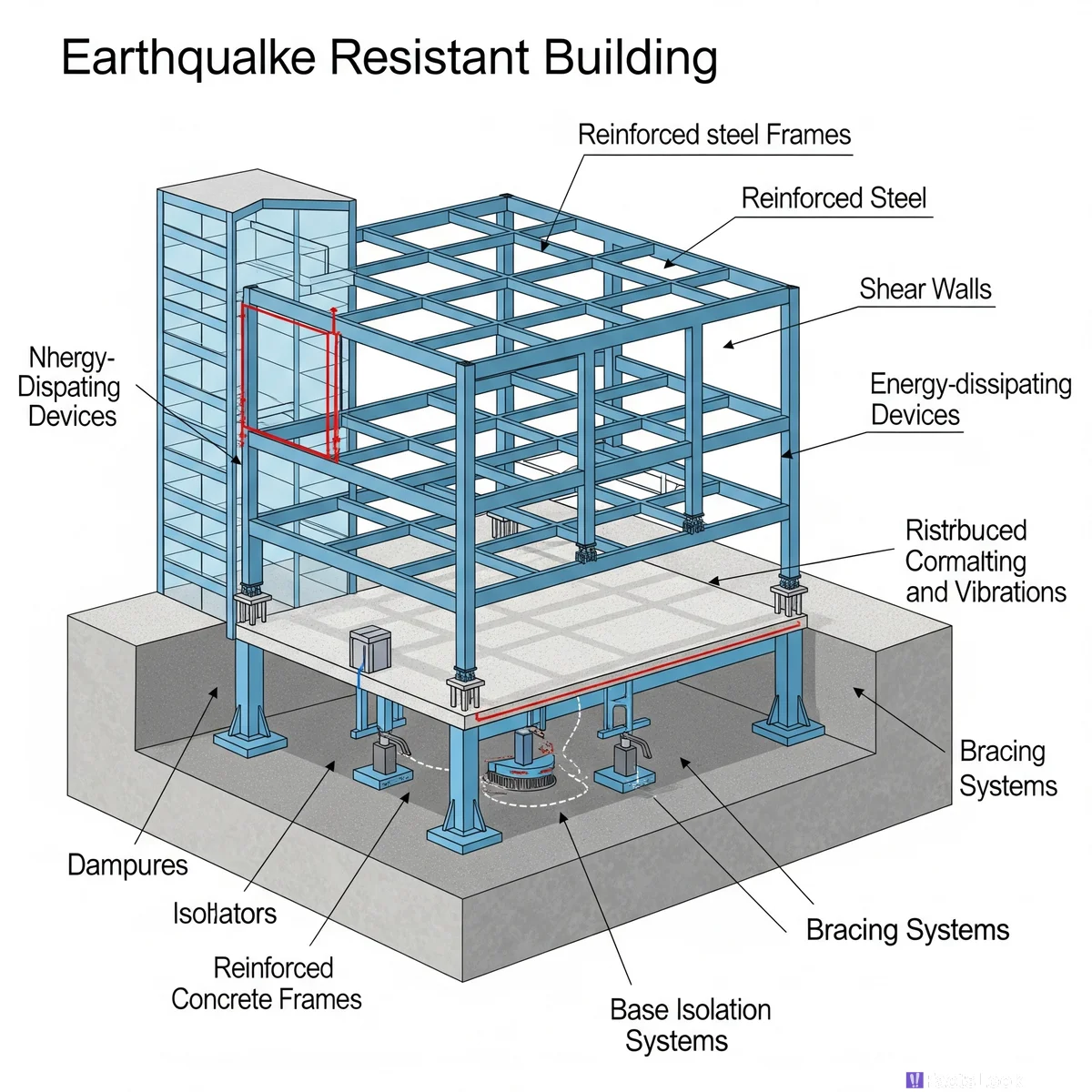
Modern engineering plays a crucial role in mitigating earthquake damage. Earthquake-resistant buildings are designed with features like flexible foundations (base isolation), reinforced structures, and energy-absorbing materials to withstand seismic forces. These designs aim to minimize damage and collapse, protecting lives and property in earthquake-prone zones.
17. Deep Earthquakes: Tremors Far Below the Surface
Most earthquakes occur within the Earth's crust, but some can originate much deeper, in the mantle. 'Deep-focus earthquakes' occur hundreds of kilometers below the surface. The mechanisms behind these deep earthquakes are still not fully understood, as conditions at such depths are very different from the brittle crust where typical earthquakes occur.
18. Man-Made Earthquakes? Induced Seismicity is Real
While most earthquakes are natural, human activities can also trigger seismic events, known as 'induced seismicity'. Activities like hydraulic fracturing (fracking), wastewater injection, mining, and reservoir construction can alter stresses in the Earth's crust and sometimes cause earthquakes. These are generally smaller than tectonic earthquakes but can still be felt and cause localized concern.
19. Earthquakes Can Dramatically Reshape Landscapes
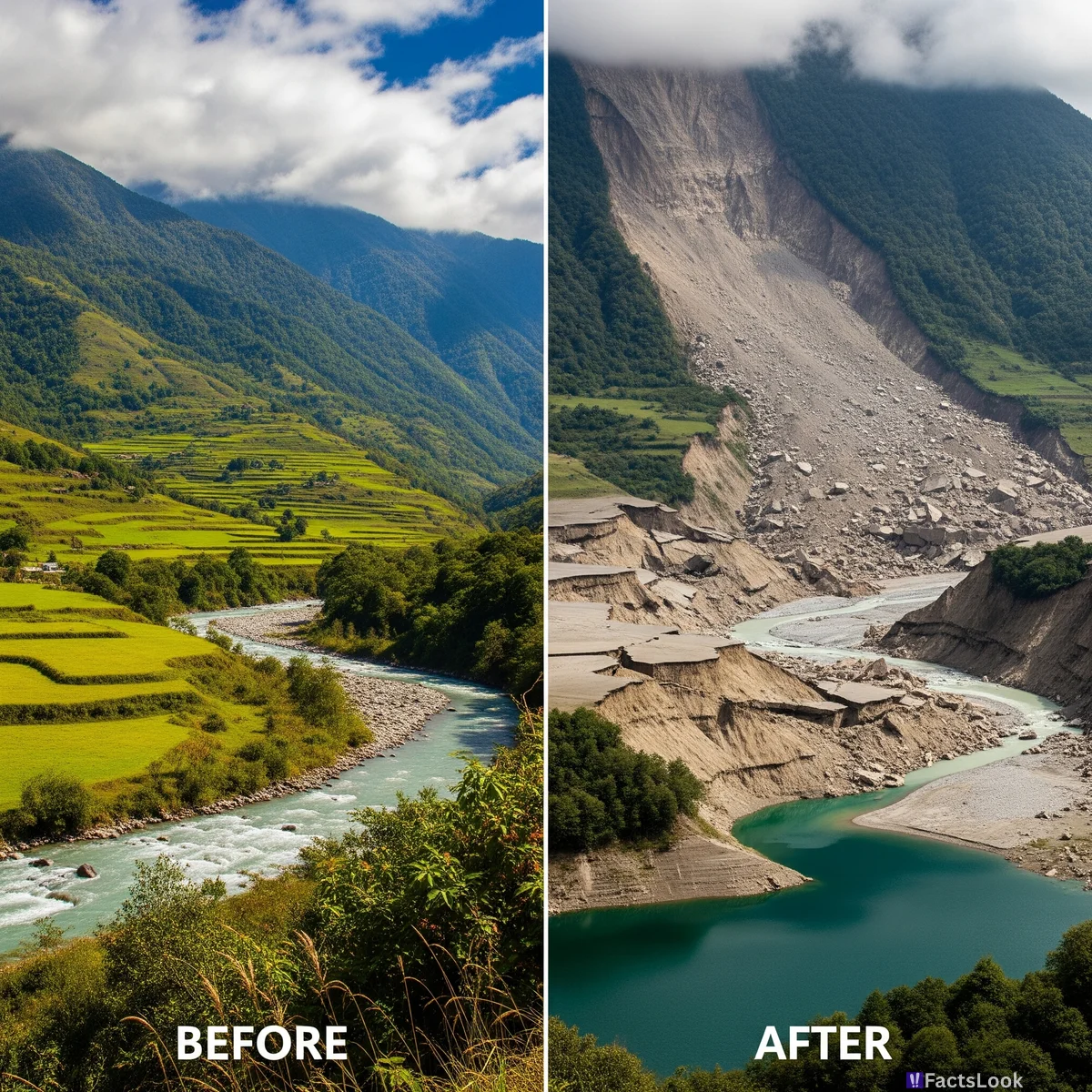
The immense power of earthquakes can permanently alter landscapes. Major earthquakes can cause ground uplift or subsidence, create or destroy lakes, divert river courses, and trigger massive landslides that reshape mountainsides. The geological impact can be profound and long-lasting, changing the face of the earth in moments.
20. Earthquake Prediction: Still a Major Scientific Challenge
Despite significant advances in seismology, accurately predicting when and where a large earthquake will strike remains a major scientific challenge. While scientists can identify earthquake-prone zones and assess seismic risks, precise, short-term prediction is not yet possible. Focus is more on long-term hazard assessment and early warning systems for immediate response.
21. 'Slow-Slip' Earthquakes: The Quiet Creep
Unlike sudden, violent earthquakes, 'slow-slip' earthquakes are prolonged, gradual movements along fault lines that can last for days, weeks, or even months. These events release energy much more slowly and usually don't produce strong shaking. However, they can increase stress on adjacent fault segments and might influence the timing or magnitude of future large earthquakes.
22. The Sound of Earthquakes: Below and Above Ground
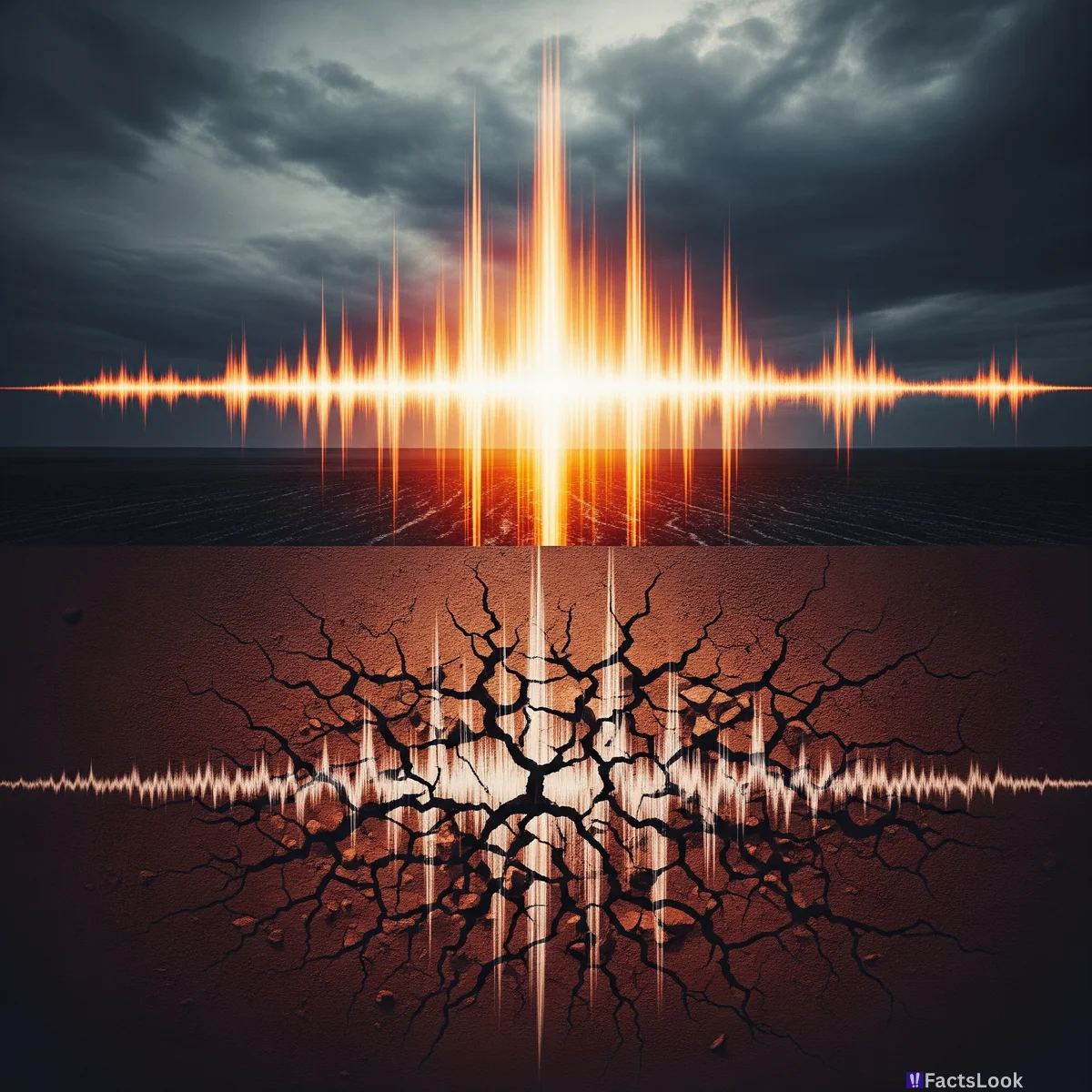
Earthquakes generate a wide range of sounds. Below ground, the fracturing rock creates rumbling and groaning sounds that travel through the earth. Above ground, the shaking of the ground creates a roaring or rattling noise. These sounds often accompany the physical shaking and can be terrifying and disorienting during a strong earthquake.
23. Earthquakes Can Cause Changes in Groundwater Levels
Earthquakes can have a significant impact on groundwater systems. The shaking and fault movements can alter the permeability of rocks and soil, leading to changes in water pressure and flow. In some cases, earthquakes can cause wells to dry up or, conversely, trigger new springs and increase water flow in existing ones.
24. Earthquakes & Volcanoes: Often Linked, But Not Always
Earthquakes and volcanoes are closely related in many regions, particularly around the Ring of Fire. Tectonic forces that cause earthquakes also often drive volcanic activity by creating pathways for magma to rise. However, not all earthquakes lead to volcanic eruptions, and not all volcanic eruptions are triggered by earthquakes. The relationship is complex and location-dependent.
25. Living in Earthquake Zones: Preparedness is Key to Safety

For those living in earthquake-prone regions, preparedness is paramount. This includes earthquake-proofing homes, having emergency kits, practicing 'drop, cover, and hold on' drills, and being aware of local emergency plans. Understanding earthquake risks and taking proactive steps drastically increases safety and resilience in seismic areas. Staying informed and prepared is the best defense.
Comments
Loading comments...